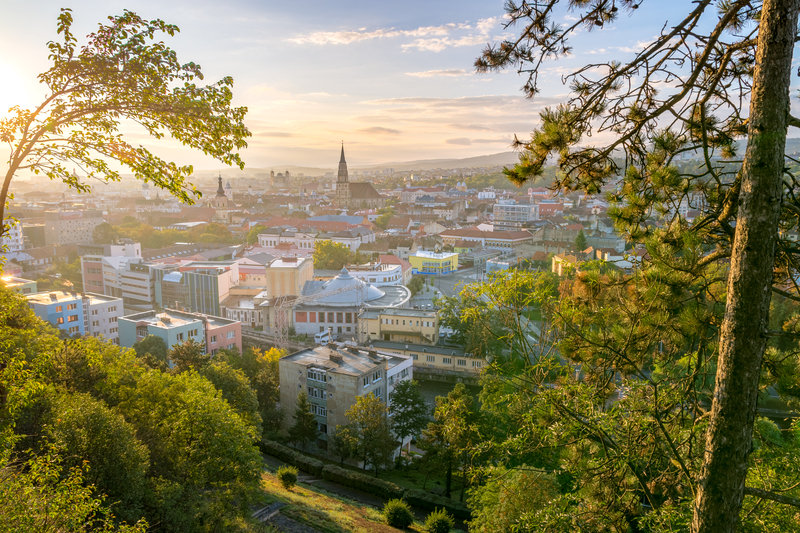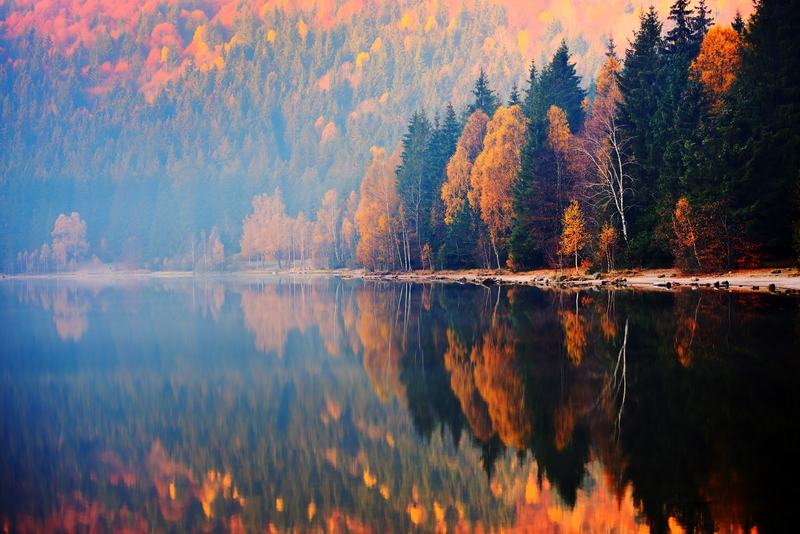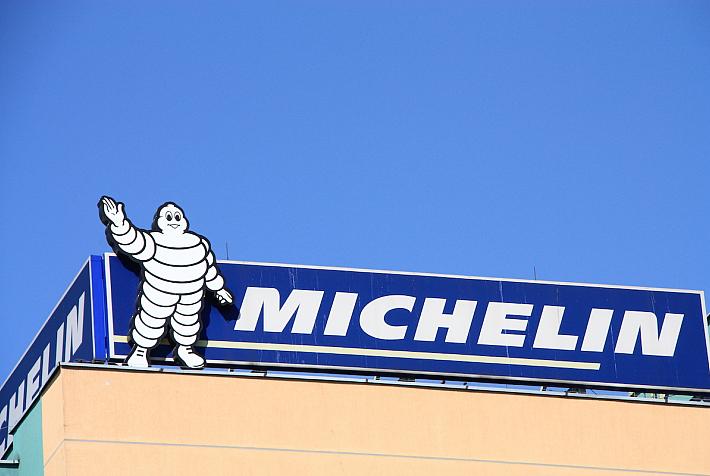Places to see along the 2020 Tour of Romania route

Twelve teams entered the Tour of Romania this year, for a race that covers more than 700 km, reaching some of the country’s best-known tourist destinations, from mountain landscapes to history-rich cities. We outline below some of the landmarks along the route of the 53rd edition of the race.
Prologue: Timișoara
The race kicked off in Timișoara on September 8, with an event to present the participating teams held in the city’s Liberty Square (Piața Libertății). It is one of Timișoara’s oldest squares, having hosted starting with the 18th century several buildings with a military purpose, which can still be seen today. At the end of 2013, archaeologists discovered here the ruins of an Ottoman bathhouse believed to be 400 years old, a testimony of the time the city was under Ottoman rule, after being conquered in 1552. In 2015, the local authorities decided to cover up them up to aid in their preservation and put up instead signposts alerting of its presence. More on what to see in Timișoara here.
First stage: Timișoara – Oradea
The first stage of the tour connects Timișoara to Oradea, on the Orțișoara – Vinga – Arad – Șimand – Chișineu Criș – Salonta – Nojorid route.
After Timișoara, the first stop on the route is Arad, a city close to the border with Hungary, sitting on the banks of the Mureș river. A stroll through the city’s historic part reveals a blend of architectural styles, with highlight such as the Neumann Palace, built towards the end of the 19th century by the wealthy Neumann family; the Administrative Palace hosting the Arad City Hall, a u-shaped building with a 54-meter tall clock tower; or the Culture Palace, which hosts the Arad Philharmonic. Another must-see in the city is the Fortress of Arad, a star-shaped fortress built beginning with 1762. More on Arad here.
From Arad, the race moves on to Salonta, the birthplace of Hungarian poet János Arany. A museum dedicated to the poet is set up inside the Ciunt Tower, the city’s oldest building, a watchtower that was part of the former Salonta Fortress.
The final segment of the first leg of the tour stops in Oradea, a city that is part of the European Art Nouveau Network, alongside Budapest, Barcelona, or Vienna, among other cities. Many of the city’s historic buildings have been refurbished recently, among them the Darvas-La Roche House, where an Art Nouveau Museum opened this August. Other landmarks include the Black Eagle Palace, the Town Hall Palace, the Palace of Justice, the Apollo Palace, and the Oradea Fortress, hosting the Oradea City Museum. More on Oradea here.
Second stage: Oradea – Cluj-Napoca
The second leg of the tour covers 208 km, going through Aleșd, Nușfalău, Șimleul Silvaniei, Zalău, Sânmihaiu, Almașului, Topa Mică and Nădășelu to reach Cluj-Napoca, the home of festivals such as Transilvania International Film Festival (TIFF) or music festivals Untold and Jazz in the Park. Cluj-Napoca often pops up in travel recommendations, be it for its arts scene and café culture or its “lively old town” or parks, as outlined in one recent article.
Climbing up the Cetățuia Hill, named after a former Hapsburg fortification built in the 18th century, is a way to enjoy a panoramic view of the city, whose many sites to visit include a host of historic churches and palaces, a beautiful Botanical Garden, and a Pharmacy Museum, located in the building where the city’s first pharmacy opened in the 16th century, and currently closed for refurbishment works. More on what to see in Cluj-Napoca here.

Third stage: Târgu Mureș – St. Ana Lake
The third part of the race covers more than 200 km, starting in Târgu-Mureș, where the Palace of Culture, representative for the local Art Nouveau style, is a main attraction. Built at the beginning of the 20th century, it hosts today galleries of Romanian and Hungarian Art, the Târgu Mureș Philharmonic, and the county library. The city’s Archaeology and History Museum is found inside the Târgu Mureș citadel, another must-see in the city. More on what to see in Târgu-Mureș here.

From Târgu Mureș, the tour advances to Sovata, a spa resort known for its thermal waters and salty lakes, Odorheiu Secuiesc, where visitors can see the ruins of the Szekely Tamadt fortress, and Miercurea Ciuc, home to the Franciscan monastery at Șumuleu Ciuc, where Pope Francis visited the Marian Shrine during his visit in Romania in 2019. From Miercurea Ciuc, the race heads to Tușnad, another thermal spa resort, to end at the nearby St. Ana volcanic lake, one of its kind in the country.

Fourth stage: Cârțișoara - Transfăgărășan - Curtea de Argeș
The fourth leg of the race starts in the commune of Cârțișoara, in Sibiu county, instead of Brașov, as initially planned. From here, the competitors will head to the high-altitude road Transfăgărășan, known for its spectacular curves and vistas of the Făgăraș Mountains. The finish point of this segment is Curtea de Argeș, with its monastery, built in the 16th century during the reign of Neagoe Basarab. It is also the burial place of King Carol I, Queen Elisabeta, King Ferdinand, and Queen Marie of Romania, while King Mihai I was buried at the new Episcopalian Cathedral, also on site.
Fifth stage: Bucharest
The final stage of the tour takes place on September 13 in Bucharest. The circuit goes past some of the city’s main tourist attractions and landmarks, including Herăstrău Park; the open-air Village Museum, where peasant houses from all over the country are on display; the Arch of Triumph, modeled after the Paris one; the Antipa Natural History Museum; the Romanian Peasant Museum; and the Victoria Palace, the HQ of the Romanian Government. More on what to see in Bucharest here and here.
How to watch:
The race can be watched on the Tour of Romania website (turulromaniei.com) and Facebook page and the Facebook page of the Romanian Cycling Federation. The public television TVR will broadcast on its TVR1 and TVR3 channels snapshots of the race, including the award ceremony for every stage of the race, the Bucharest final, and the end award ceremony.
(Opening photo: Floydsphoto | Dreamstime.com)
simona@romania-insider.com
















